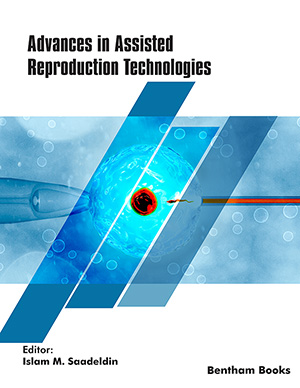Abstract
Introduction: Selinum vaginatum is an endemic Indian plant present on high altitude and is known as “Bhootkeshi,” by the locals. The root of plant Selinum vaginatum commonly known as “Bhootkeshi” from the family Umbellifercae is an aromatic herbal drug. Selinum vaginatum has been used traditionally for curing seizures, epilepsy, mental illness, and hysteria. This plant has shown therapeutic effects as used by the locals. There is no data available regarding standardization of the roots of Selinum vaginatum. It is a novel work as the plant is rarely found and shows medicinal values but no quality control work has been performed.
Objective: The aim of this paper is to study quality control and carry out physicochemical analysis and standardization of the roots of Selinum vaginatum for determining its quality and purity. As no work has been performed on the roots of this plant, so standardization will help in keeping a record of the parameters exhibited during the evaluation of the roots of Selinum vaginatum.
Methods: The organoleptic characteristics were studied and physicochemical tests, phytochemical analysis, fluorescence analysis, TLC, UV, FTIR, NMR, and Electrospray Ionisation - Mass spectroscopy, HPLC and other parameters were carried out for the standardization of the test drug. The procedures were carried out as per the WHO standards. The total ash values, swelling index, foaming index, moisture content, alcohol, and water-soluble extractive values were calculated. The TLC profile of Selinum vaginatum was observed and the UV, FTIR, HPLC, NMR and Mass spectroscopies of the plant were also performed.
Results: The microscopic results showed the presence of schizogenous canals in abundance, cork cells, oil and globules, while medullary rays and pith were absent and around 10-17 layers of cells were seen. The presence of active compounds like phenols, terpenoids, alkaloids, coumarins, essential oils, tannins, saponins, carbohydrates, and acids was reported by phytochemical tests, TLC, UV, NMR, HPLC, Mass, and FTIR spectroscopy methods. These compounds can be studied in detail for understanding the potential pharmacological benefits and decoding the traditional uses. The spectroscopic analysis and physicochemical tests have shown the presence of phenols, esters, organic halogens, carbohydrate, carboxylic acids, alcohols, ethers, and glycosides which must be responsible for the medicinal properties of the plant.
Conclusion: This study has provided a set of information that will be useful for the identification of fresh batches of the roots of Selinum vaginatum and this can be used as a reference set of information for accessing the purity, quality and identification, and analysis of the authenticity of the plant roots. Spectroscopic techniques have shown peaks, which on interpretation have reported the presence of active compounds - (coumarins like selenidin, angelicin, vaginidine, furocoumarin - oroselol and coumarin derivative- lomatin, isovaleric acid, Valeranone, Tricyclene, p-Cymene, α-Pinene, β-Pinene, Camphene, Borneol, p- Camphene, cholorgenic acid, β-Myrcene, Limonene and α-Pineneoxide which can be studied for understanding and identifying the pharmacological actions of the rhizomatous roots of S. vaginatum. All the information collected by research on the roots of S. vaginatum will help in the identification of crude drugs and also in the development of a standard for the drug Selinum vaginatum.
Keywords: Spectroscopy, quality control, phyto-chemical analysis, ethno-medicine, indigenous medicine, himalayan medicine.
[http://dx.doi.org/10.1016/S0040-4020(01)82590-4]
[http://dx.doi.org/10.1016/j.bse.2007.09.001]
[http://dx.doi.org/10.1016/j.cropro.2005.05.009]
[http://dx.doi.org/10.1016/0891-5849(95)02227-9 PMID: 8743980]
[http://dx.doi.org/10.1016/j.jfca.2006.05.007]
[http://dx.doi.org/10.1016/j.phrp.2015.10.006] [PMID: 26835241]
[PMID: 26521557]
[http://dx.doi.org/10.4103/2231-4040.97290] [PMID: 22837960]
[http://dx.doi.org/10.1177/0748233713491815] [PMID: 23788395]
[http://dx.doi.org/10.1177/0748233712471704] [PMID: 23299194]
[http://dx.doi.org/10.4103/2231-4040.90874] [PMID: 22247887]
[PMID: 30183229]
[http://dx.doi.org/10.4103/0973-7847.99944] [PMID: 23055636]
[http://dx.doi.org/10.2174/2215083805666191107115544]
[http://dx.doi.org/10.1186/s13002-019-0286-3] [PMID: 30744678]
[http://dx.doi.org/10.1155/2019/5656925] [PMID: 31275412]
[http://dx.doi.org/10.1016/j.jep.2003.12.018] [PMID: 15137998]
[http://dx.doi.org/10.5897/IJSA2014.0540]
[http://dx.doi.org/10.1080/17451590903230249]
[http://dx.doi.org/10.5005/jp-journals-10059-0034]


























